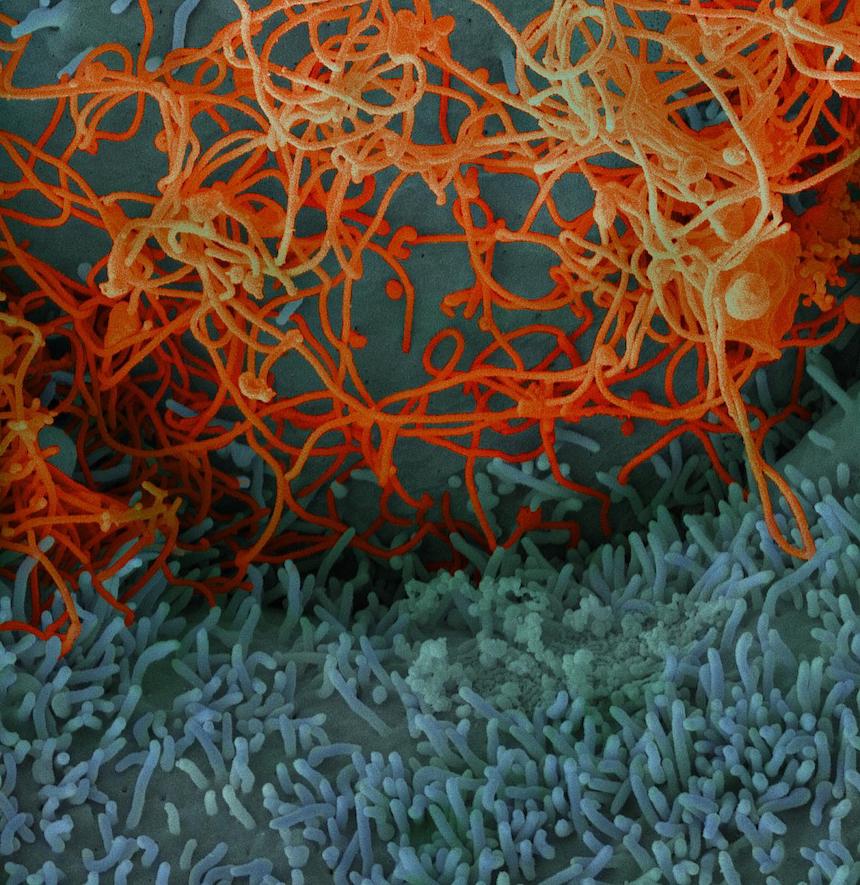

Soon after his appointment in 1984 as director of the National Institute of Allergy and Infectious Diseases (NIAID), part of the National Institutes of Health, Anthony S. Fauci, M.D., testified before Congress showing a world map annotated with a single emerging infectious disease threat, HIV/AIDS. Since then, diseases and pathogens including chikungunya, H1N1 influenza, severe acute respiratory syndrome (SARS), West Nile, Ebola and Zika viruses were added, providing a powerful visual reminder of the enduring need to anticipate, detect and manage new and emerging infectious diseases around the globe. In an essay in Annals of Internal Medicine published online today, Fauci reflects on the ways efforts have been marshalled to address infectious disease outbreaks of the past three decades.
Initial responses to a newly recognized disease, now known as HIV/AIDS, in the early 1980s were criticized as being too slow, the essay notes. “The insidious emergence of HIV/AIDS and the lack of due attention by policymakers illustrate how some outbreaks that start subtly can grow to global proportions if they are not aggressively addressed early on,” Fauci writes. Between the early 1980s and the early 1990s, federal funding for HIV/AIDS research increased markedly, reaching $1 billion by the end of 1992. The accelerated government response supported both research and research infrastructure, and yielded advances in countering the HIV/AIDS pandemic domestically and internationally. Ultimately, notes Fauci, sustained support for scientific research coupled with political and community engagement helped transform HIV/AIDS from a nearly universally fatal disease to a condition that can be managed with appropriate treatment.
In contrast to HIV/AIDS, when outbreaks of respiratory diseases caused by SARS coronavirus and influenza viruses have occurred, they generated immediate widespread public attention and prompted concerted responses by presidential administrations and the Congress. For example, the 2009 influenza pandemic began in April and an experimental vaccine entered clinical trials by August. However, despite intense efforts to test and manufacture the new vaccine, adequate supplies to protect the broad U.S. population were not available until early winter, after the outbreak had peaked. “This experience,” writes Fauci, “served as a striking reminder of the inadequacy of our pandemic preparedness capabilities and underscored the need, now being actively pursued, to develop platform technologies that can be applied rapidly to develop vaccines for evolving outbreaks.”
The essay also considers how presidential administrations have responded to the appearance of pathogens ranging from West Nile virus and Ebola to, most recently, the arrival of Zika virus in the Americas. “Leadership at the NIAID has learned many valuable lessons through experiences during the prior administrations with regard to optimal responses to such outbreaks,” Fauci concludes. “It is critical to apply these lessons to the infectious disease threats that we will inevitably face in the current administration and beyond.”


